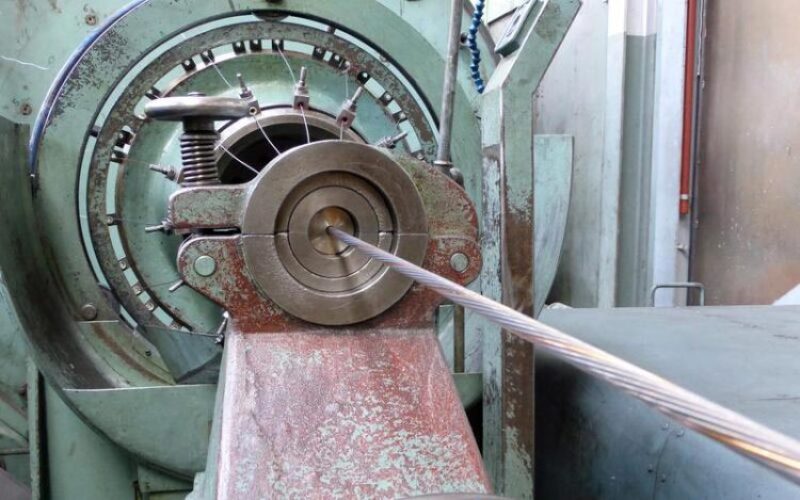Rising amounts of renewable energy coupled with an increase in decentralized power generation call for the modernization and significant expansion of the European grids. The EU project Superconducting Cables for Sustainable Energy Transition (SCARLET) unites 15 partners from seven countries around the goal of designing and industrially manufacturing superconducting cables to enable more efficient and less costly power transmission from renewable electricity generation sites.
Superconductivity is a phenomenon occurring when specific materials are cooled to very low temperatures, allowing for the transmission of electricity without any resistive losses. The promise of superconducting cables lies in their high efficiency, compact size, and reduced environmental impact. The SCARLET project will make use of these advantages by developing cables that transfer very high powers in very small conductors. The goal is to bring the technology to the last qualification step before commercialization.
SCARLET has secured funding from the European Union’s Horizon Europe research and innovation program for 4½ years. “We are very pleased that the European Commission recognizes the potential for the use of superconducting cables in the future electricity grid,” said Niklas Magnusson, project coordinator from SINTEF Energy Research in Norway. “It is an opportunity and now our responsibility to bring this new power cable technology to commercial performance levels. In the end, we will enable the supply of renewable energy to Europe at a significantly lower cost than what is possible today.”
Ambitious Research Targets
On 28 and 29 September 2022, the project’s partners gathered at the Institute for Advanced Sustainability Studies in Potsdam, Germany, for the project’s kickoff meeting. Throughout this first get-together, participants planned the tasks and developments of the project in detail. They looked at the whole range of effects of superconducting cables, considering how their properties open the door for cost savings beyond the cables themselves. For instance, the high current-carrying capability of the cables allows for a reduction in voltage, leading to smaller and much less expensive equipment at offshore wind energy farms.
Another novelty to be developed is the transport of electricity and hydrogen in the same pipeline. The ambitious targets call for intensive research in the years to come by the industrial partners Absolut System, ASG Superconductors, Nexans, RINA Consulting, SuperGrid Institute, SuperNode, and Vision Electric Super Conductors and the research institutes and universities ESPCI, IASS, RSE, SINTEF, IEE Slovak Academy of Sciences, University of Bologna, and WavEC.
WavEC’s project manager, José Cândido, highlighted the importance of the high-temperature superconductor (HTS) cables. “Despite the relevant recent developments in offshore renewable energy, there are still various challenges that need to be addressed in order to ensure the transition to a reliable and sustainable energy system,” he said. “HTS superconducting medium-voltage cables are a potential game changer in the field. They may deliver secure and sustainable renewable energy across longer distances, with minimal losses and at a lower cost.”

